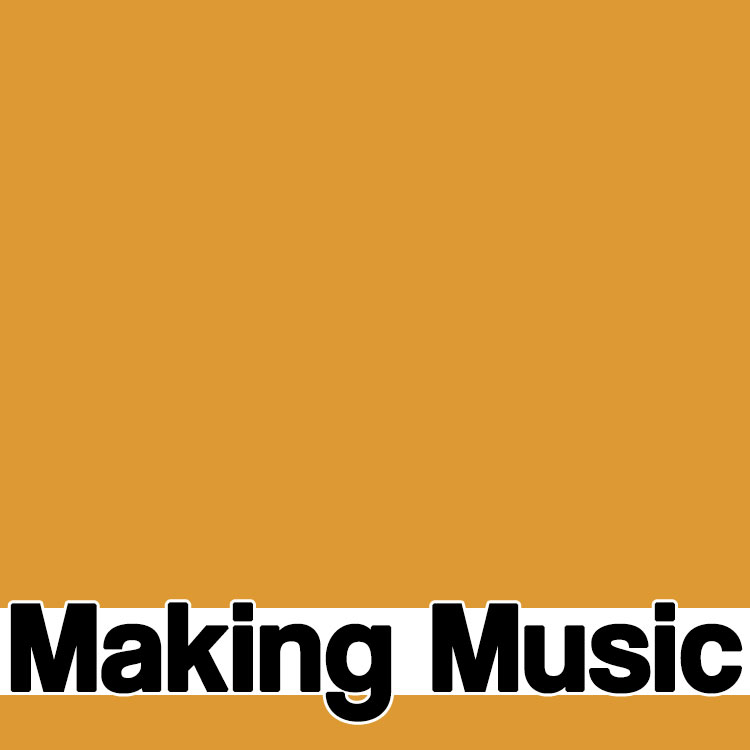Quick guides to making music
- Analogue Synthesis – how it works, using Control Voltages, the main synthesis modules, and why many software synths emulate analogue synthesis.
- Audio CDs – CD-R, CD-RW, ‘book’ formats, DAO and TAO burning, multisession recording, overburning, buffer underrun errors, subcodes and indexing.
- Digital Audio – How sound is digitally recorded, the important parameters and the importance of sample rates and resolutions.
- Envelopes – ADSR and other envelope generators, what the ADSR phases do and how they can be applied to a range of synthesiser modules.
- EQ and Filters – what they are, what they do, and the various types of EQ and filters that you’ll find in music hardware and software.
- Fades and crossfades – different types, what to use in mixing and in loop creation. Zero-crossing points and software aids to help create seamless loops.
- FireWire – the connections, the speed, the cabling, and how it’s being used for music in digital audio devices and the next generation of MIDI.
- Oscillators explained – wave shapes, harmonics and fundamentals, pitch, amplitude and tone, pulse width and subtractive synthesis.
- Time Signatures – what they are, what they mean and how to interpret them.
- MIDI (Musical Instrument Digital Interface) – what it is, how it works and does it still have a place in today’s music environment?
- Microphones – the major types, how they work, pickup and response patterns, and selecting the best mic for you.
- Modulation – different types of modulation, what they do and how they work including, vibrato, tremolo, chorus, phasing, flanging and rotary speaker effects.
- Reverb, echo and delay – the essential parameters and how they affect the sound; environment simulators and multi-tap effects.
- Samplers – the core set of features and functions of both hardware and software samplers including multisamples, velocity switching and velocity crossfading.
- Song Structure – the various parts that make up a song including intro, verse, chorus, middle eight, bridge, hook, outro and break.
- Synthesis – a look at types of synthesis other than analogue including Additive, FM, Phase Modulation, Waveshaping and Granular synthesis.
- Vocoders – what they are, how they work, hardware and software versions, and suggestions for using them with sounds other than the voice.









